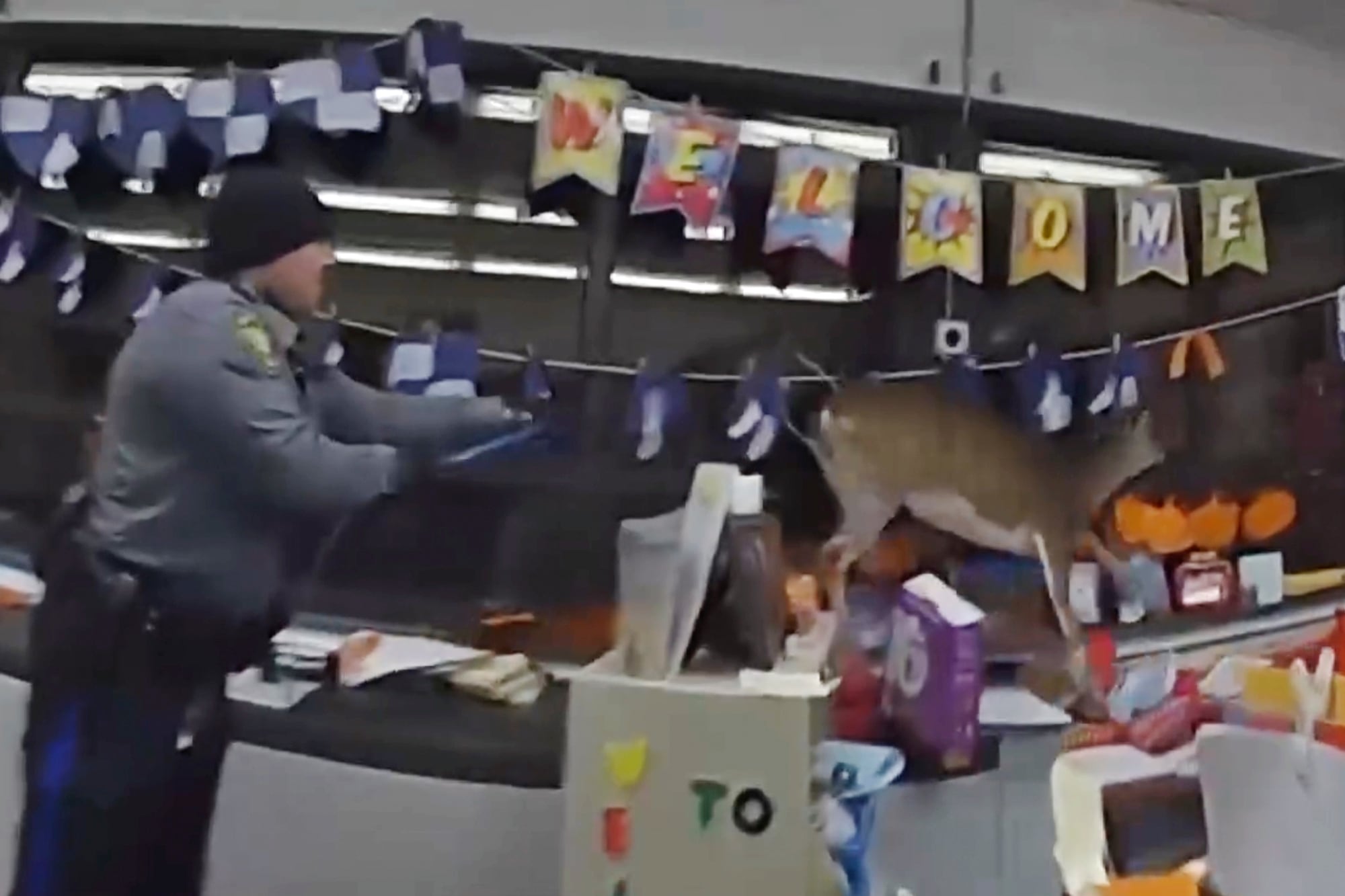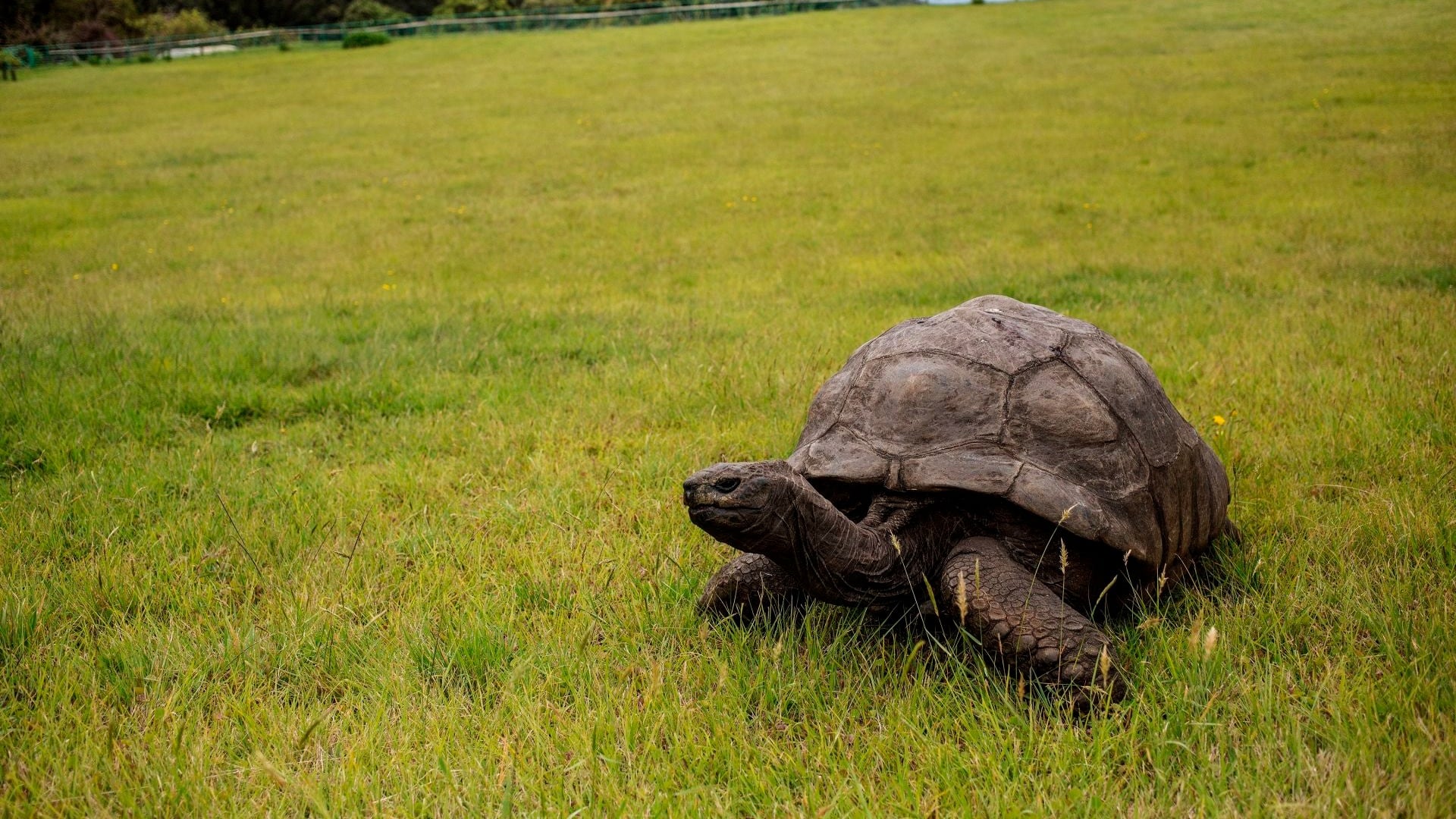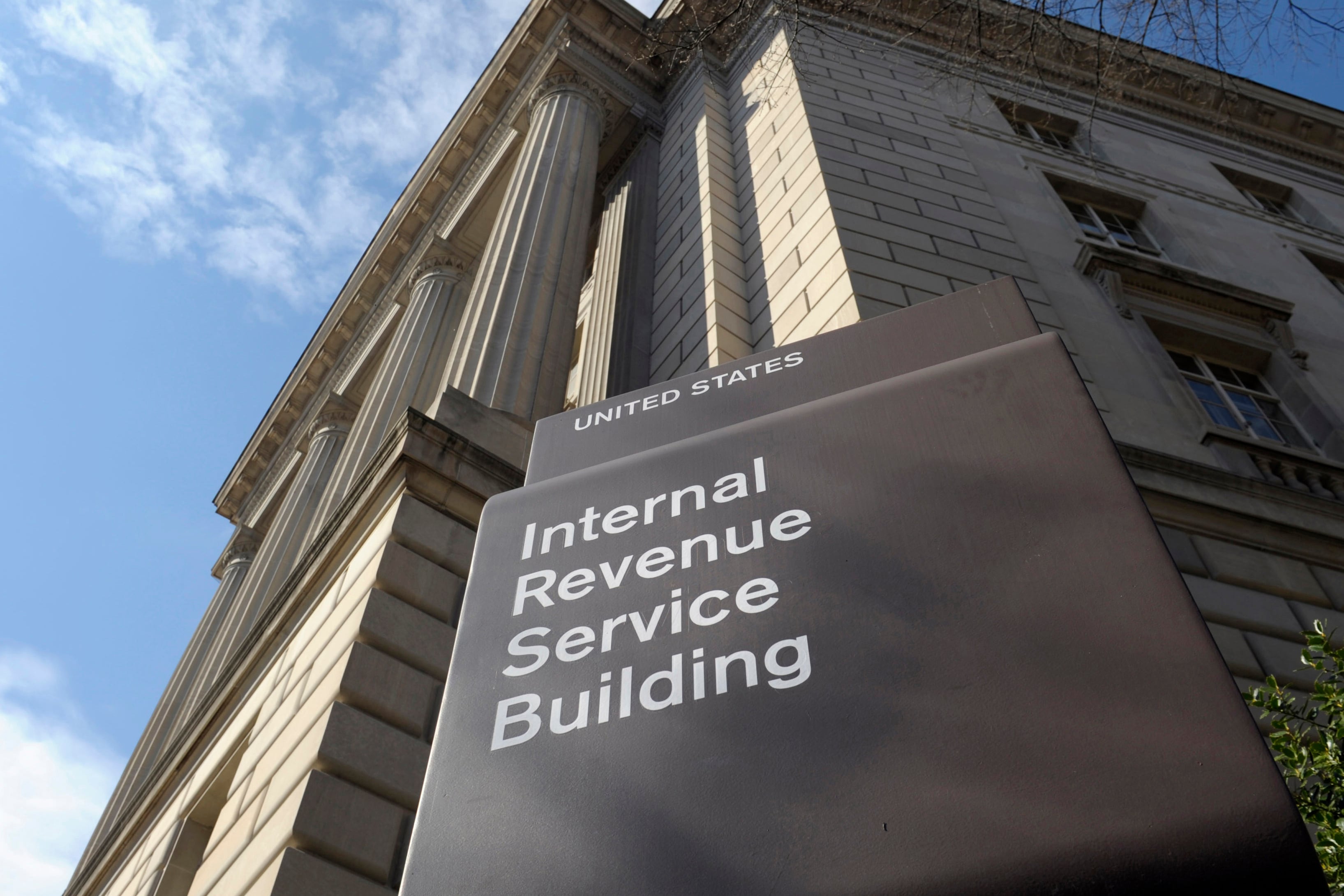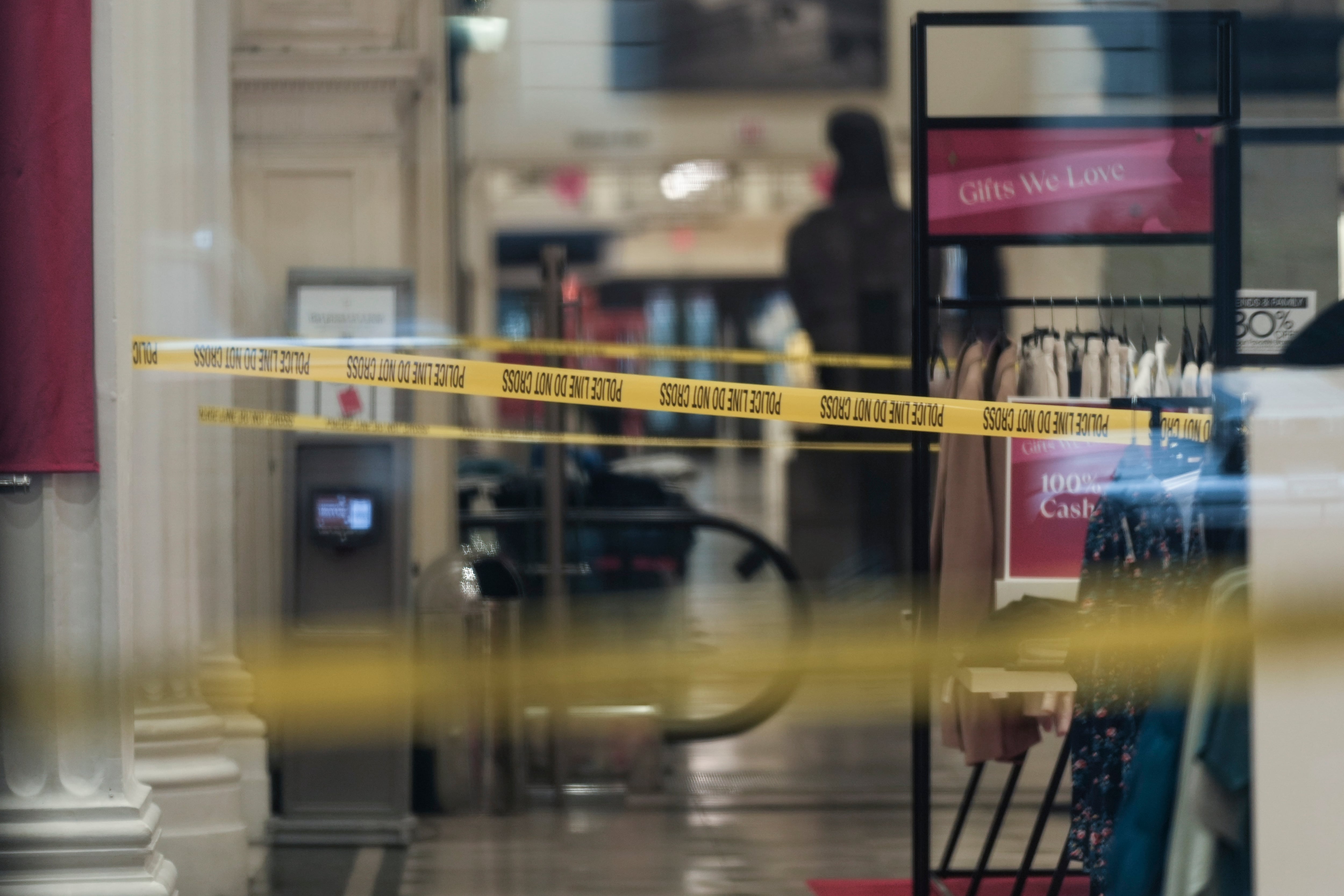By Heather Hollingsworth
The Justice Department on Friday issued a scathing assessment of Minneapolis police, alleging that racial discrimination and excessive force went unchecked before George Floyd's killing because of inadequate oversight and an unwieldy process for investigating complaints.
The probe began in April 2021, a day after former officer Derek Chauvin, who is white, was convicted of murder and manslaughter in the May 25, 2020, killing of Floyd, a Black man. Floyd, who was in handcuffs, repeatedly said he couldn’t breathe before going limp as Chauvin knelt on his neck for 9 1/2 minutes. The killing was recorded by a bystander and sparked months of mass protests as part of a broader national reckoning over racial injustice.
Here are six takeaways from the report:
1. What Was the Purpose of the Investigation?
The focus of the probe was to examine whether there has been a pattern or practice of unconstitutional or unlawful policing in the Minneapolis Police Department. It examined the use of force by officers, including during protests, and whether the department engages in discriminatory practices. It also looked at the handling of misconduct allegations, treatment of people with behavioral health issues and systems of accountability.
2. What Were the Key Findings?
Investigators found numerous examples of excessive force, unlawful discrimination and First Amendment violations. They reviewed 19 police shootings and determined that officers sometimes fired without first determining whether there was an immediate threat of harm to the officers or others.
In 2017, for example, an officer fatally shot Justine Ruszczyk Damond, an unarmed white Australian-born woman who “spooked” him when she approached his squad car, according to the report. She had called 911 to report a possible rape behind her house. The city paid $20 million to settle with her family.
In another case, officers shot a suspect after he started stabbing himself in the neck in a police station interview room.
Officers also used neck restraints like the one Chauvin used on Floyd 198 times between Jan. 1, 2016, and Aug. 16, 2022, including 44 instances that didn’t require an arrest. Some officers continued to use neck restraints even after they were banned in the wake of Floyd’s killing, the report said.
At protests, it found, people were sometimes shot with rubber bullets when they were committing no crime or were dispersing. According to the report, one journalist was hit by a rubber bullet and lost her eye, while another was shoved to the pavement while filming and pepper-sprayed in the face. One protester was shoved so hard that she fell backward, hit the pavement and lay unconscious for three minutes.
3. What Did Investigators Find About Racial Bias in Policing?
The report documented rampant racism and racial profiling in the department, with Black drivers more than six times more likely to be stopped than white ones.
The racism also extended to arrests.
When one Black teen was held at gunpoint for allegedly stealing a $5 burrito, the teen asked the plainclothes officer if he was indeed police. “Really?" the officer responded, according to a video recording. "How many white people in the city of Minneapolis have you run up against with a gun?”
In another case, a woman reported that an officer said to her that the Black Lives Matter movement was a “terrorist” organization. “We are going to make sure you and all of the Black Lives supporters are wiped off the face of the Earth,” she recalled him saying. Her complaint against the officer was closed by the department with a finding of “no merit.”
4. How Did the Department Treat People with Mental Illness?
Mental health crises often were made worse when police responded, investigators found.
In 2017, for instance, officers encountered an unarmed man in the midst of what neighbors described as a mental health episode. He initially paced around his yard, yelling. After complying with orders to sit on his front steps, an officer fired his taser without warning.
In another case, a mother called 911 to report that her adult daughter, a Black woman with bipolar disorder, was attempting to hurt herself by lying in the road. By the time officers got there, the woman was calmly walking through a park. The officers nevertheless grabbed her, and she began yelling and pulled away. The woman was then put in a neck restraint as her mother pleaded, “Don’t choke her like that!”
5. How Did Officers Get Away with Misconduct?
Investigations into police misconduct took months and sometimes years, according to the report. And those conducting the inquiries frequently failed to view video corroborating public complaints.
Supervisors also were quick to back their subordinates. In one case, an officer tased a man eight times without pausing even as the man protested that he was doing “exactly” what he was told. The supervisor found no policy violations and told the man after the fact that if he hadn't been resisting, “they wouldn't have had to strike you.”
The report also highlighted the case of John Pope, who was just 14 when Chauvin struck him in the head with a flashlight multiple times and pinned him to a wall by his throat. He then knelt on the Black teen, as his mother pleaded, “Please do not kill my son.” Chauvin, the report found, kept his knee on the teen’s neck or back for over 15 minutes.
But due to poor supervision and a failed internal investigation, commanders did not learn what had happened to Pope until three years later, after Chauvin killed Floyd, the report said. The city ultimately agreed to settle a lawsuit in the case for $7.5 million.
6. What Happens Now?
The report noted that the department has made some improvements, such as banning chokeholds and no-knock warrants, training officers on the duty to intervene and sending mental health workers to some incidents. But it said there is still work to be done.
As a result of the investigation, the city and the police department agreed to a deal known as a federal consent decree, which will require reforms to be overseen by an independent monitor and approved by a federal judge. That arrangement is similar to previous interventions in cities such as Seattle, New Orleans, Baltimore and Ferguson, Missouri.













